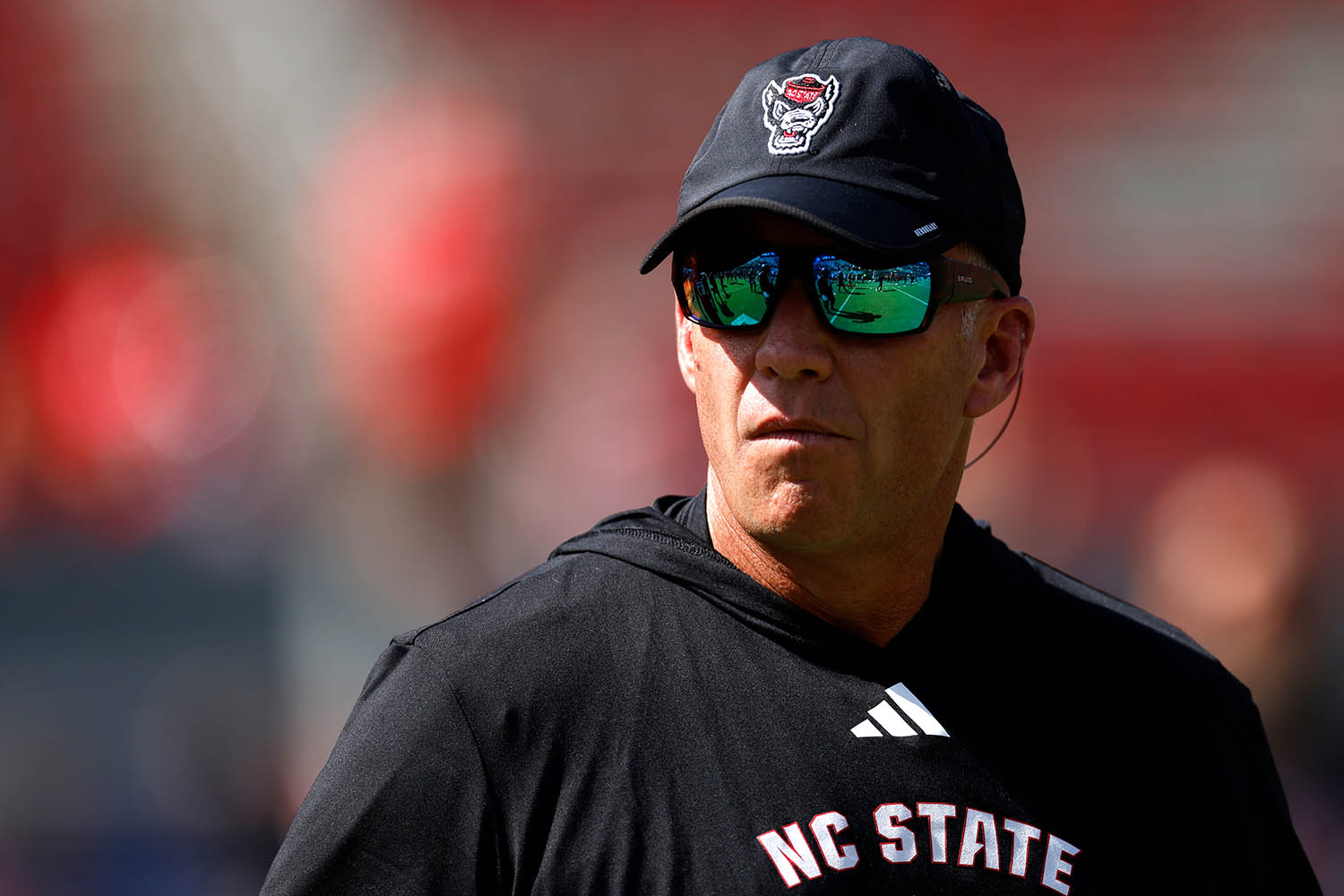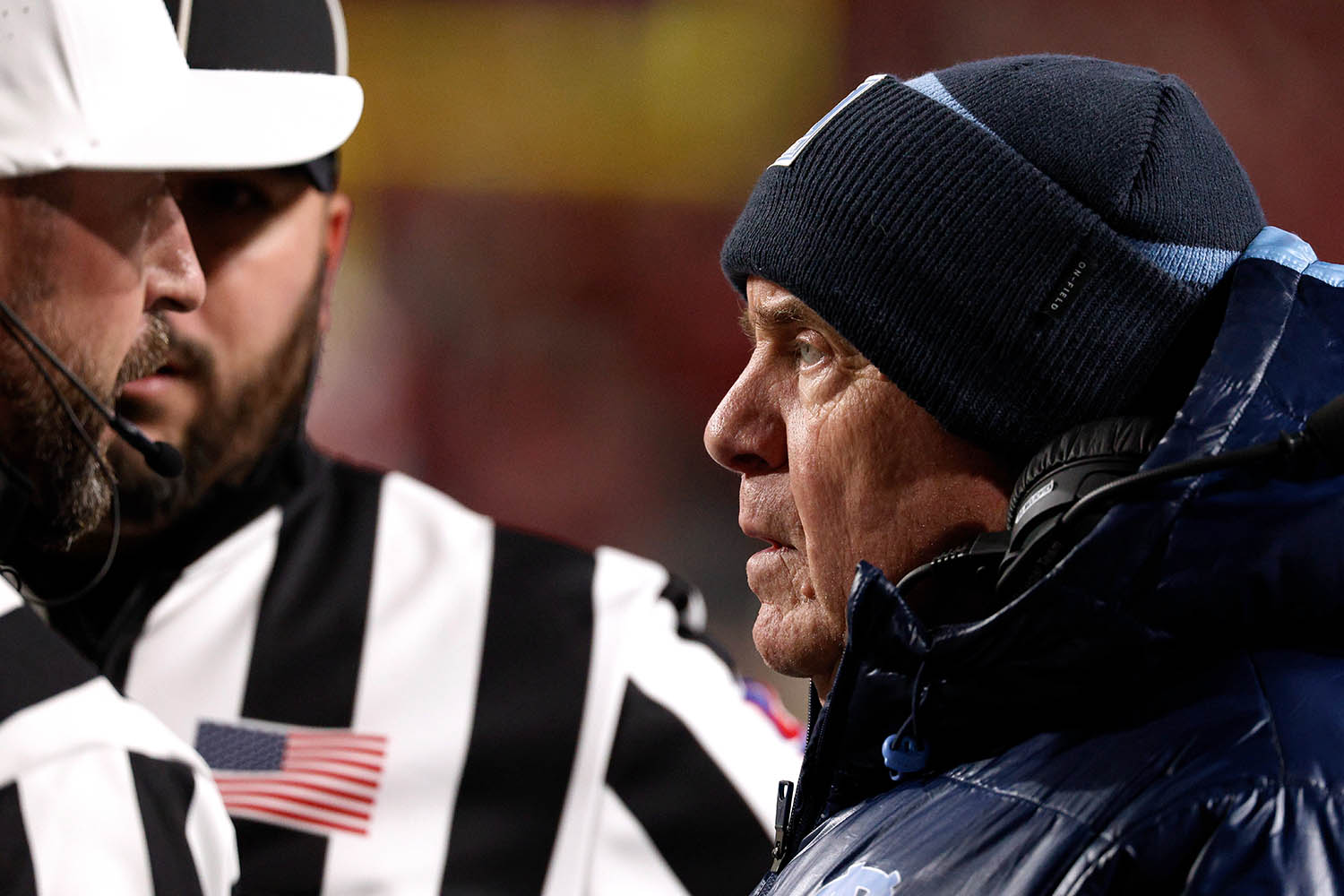By JILL LAWLESS Associated Press
LONDON (AP) — British playwright Tom Stoppard, a playful, probing dramatist who won an Academy Award for the screenplay for 1998’s “Shakespeare In Love,” has died. He was 88.
In a statement Saturday, United Agents said the Czech-born Stoppard — often hailed as the greatest British playwright of his generation — died “peacefully” at his home in Dorset in southwest England, surrounded by his family.
“He will be remembered for his works, for their brilliance and humanity, and for his wit, his irreverence, his generosity of spirit and his profound love of the English language,” they said. “It was an honor to work with Tom and to know him.”
Rolling Stones front man Mick Jagger was among those paying tribute, calling Stoppard “a giant of the English theater, both highly intellectual and very funny in all his plays and scripts.
“He had a dazzling wit and loved classical and popular music alike which often featured in his huge body of work,” said Jagger, who produced the 2001 film “Enigma,” with a screenplay by Stoppard. “He was amusing and quietly sardonic. A friend and companion and I will always miss him.”
King Charles III said Stoppard was “a dear friend who wore his genius lightly.”
Theaters in London’s West End will dim their lights for two minutes on Tuesday in tribute.
Brain-teasing plays
Over a six-decade career, Stoppard’s brain-teasing plays for theater, radio and screen ranged from Shakespeare and science to philosophy and the historic tragedies of the 20th century.
Five of them won Tony Awards for best play: “Rosencrantz and Guildenstern Are Dead” in 1968; “Travesties” in 1976; “The Real Thing” in 1984; “The Coast of Utopia” in 2007; and “Leopoldstadt” in 2023.
Stoppard biographer Hermione Lee said the secret of his plays was their “mixture of language, knowledge and feeling. … It’s those three things in gear together which make him so remarkable.”
The writer was born Tomás Sträussler in 1937 to a Jewish family in Zlín in what was then Czechoslovakia, now the Czech Republic. His father was a doctor for the Bata shoe company, and when Nazi Germany invaded in 1939 the family fled to Singapore, where Bata had a factory.
In late 1941, as Japanese forces closed in on the city state, Tomas, his brother and their mother fled again, this time to India. His father stayed behind and later died when his ship was attacked as he tried to leave Singapore.
In 1946 his mother married an English officer, Kenneth Stoppard, and the family moved to threadbare postwar Britain. The 8-year-old Tom “put on Englishness like a coat,” he later said, growing up to be a quintessential Englishman who loved cricket and Shakespeare.
He did not go to university but began his career, aged 17, as a journalist on newspapers in Bristol, southwest England, and then as a theater critic for Scene magazine in London.
Tragedy and humor
He wrote plays for radio and television including “A Walk on the Water,” televised in 1963, and made his stage breakthrough with “Rosencrantz and Guildenstern Are Dead,” which reimagined Shakespeare’s “Hamlet” from the viewpoint of two hapless minor characters. A mix of tragedy and absurdist humor, it premiered at the Edinburgh Fringe Festival in 1966 and was staged at Britain’s National Theatre, then run by Laurence Olivier, before moving to Broadway.
A stream of exuberant, innovative plays followed, including meta-whodunnit “The Real Inspector Hound” (first staged in 1968); “Jumpers” (1972), a blend of physical and philosophical gymnastics, and “Travesties” (1974), which set intellectuals including James Joyce and Vladimir Lenin colliding in Zurich during World War I.
Musical drama “Every Good Boy Deserves Favor” (1977) was a collaboration with composer Andre Previn about a Soviet dissident confined to a mental institution — part of Stoppard’s long involvement with groups advocating for human rights groups in the Soviet Union and Eastern Europe.
He often played with time and structure. “The Real Thing” (1982) was a poignant romantic comedy about love and deception that featured plays within a play, while “Arcadia” (1993) moved between the modern era and the early 19th century, where characters at an English country house debated poetry, gardening and chaos theory as fate had its way with them.
“The Invention of Love” (1997) explored classical literature and the mysteries of the human heart through the life of the English poet A.E. Housman.
Stoppard began the 21st century with “The Coast of Utopia” (2002), an epic trilogy about pre-revolutionary Russian intellectuals, and drew on his own background for “Rock ’n’ Roll” (2006), which contrasted the fates of the 1960s counterculture in Britain and in Communist Czechoslovakia.
“The Hard Problem” (2015) explored the mysteries of consciousness through the lenses of science and religion.
Free-speech champion
Stoppard was a strong champion of free speech who worked with organizations including PEN and Index on Censorship. He claimed not to have strong political views otherwise, writing in 1968: “I burn with no causes. I cannot say that I write with any social objective. One writes because one loves writing, really.”
Some critics found his plays more clever than emotionally engaging. But biographer Lee said his “very funny, witty plays” contained a “sense of underlying grief.”
“People in his plays … history comes at them,” Lee said at a British Library event in 2021. “They turn up, they don’t know why they’re there, they don’t know whether they can get home again.”
That was especially true of his late play “Leopoldstadt,” which drew on his own family’s story for the tale of a Jewish Viennese family over the first half of the 20th century. Stoppard said he began thinking of his personal link to the Holocaust quite late in life, only discovering after his mother’s death in 1996 that many members of his family, including all four grandparents, had died in concentration camps.
“It would be misleading to see me as somebody who blithely and innocently, at the age of 40-something, thought, ‘Oh, my goodness, I had no idea I was a member of a Jewish family,’” he told The New Yorker in 2022. “Of course I knew, but I didn’t know who they were. And I didn’t feel I had to find out in order to live my own life. But that wasn’t really true.”
“Leopoldstadt” premiered in London at the start of 2020 to rave reviews; weeks later all theaters were shut by the COVID-19 pandemic. It eventually opened in Broadway in late 2022, going on to win four Tonys.
Dizzyingly prolific, Stoppard also wrote many radio plays, a novel, television series including “Parade’s End” (2013) and many film screenplays. These included dystopian Terry Gilliam comedy “Brazil” (1985), Steven Spielberg-directed war drama “Empire of the Sun” (1987), Elizabethan romcom “Shakespeare in Love” (1998) — for which he and Marc Norman shared a best adapted screenplay Oscar — code breaking thriller “Enigma” and Russian epic “Anna Karenina” (2012).
He also wrote and directed a 1990 film adaptation of “Rosencrantz and Guildenstern are Dead,” and translated numerous works into English, including plays by dissident Czech writer Václav Havel, who became the country’s first post-Communist president.
Stoppard also had a sideline as a Hollywood script doctor, lending sparkle to the dialogue of movies including “Indiana Jones and the Last Crusade” and the Star Wars film “Revenge of the Sith.”
He was knighted by Queen Elizabeth II in 1997 for his services to literature.
He was married three times: to Jose Ingle, Miriam Stern — better known as the health journalist Dr. Miriam Stoppard — and TV producer Sabrina Guinness. The first two marriages ended in divorce. He is survived by four children, including the actor Ed Stoppard, and several grandchildren.











